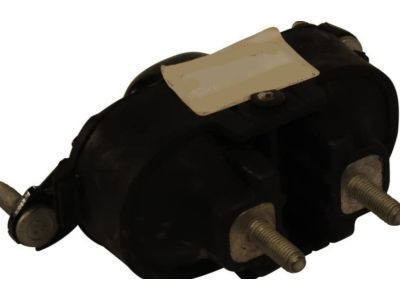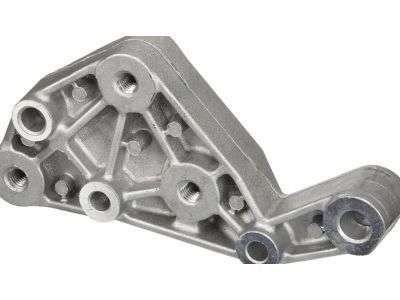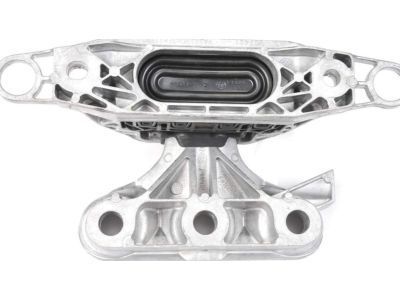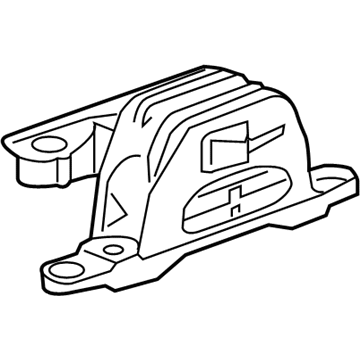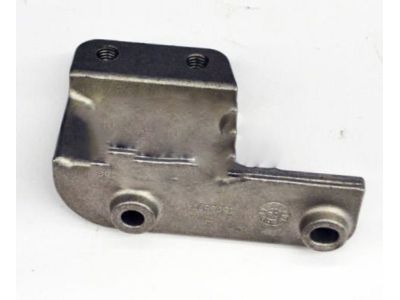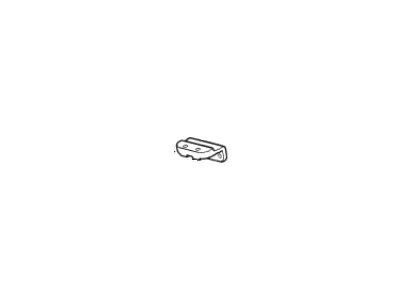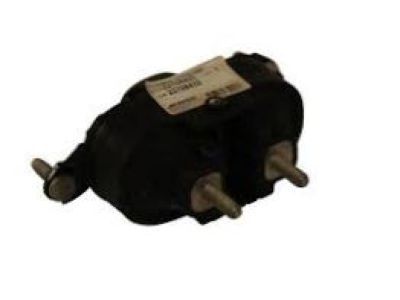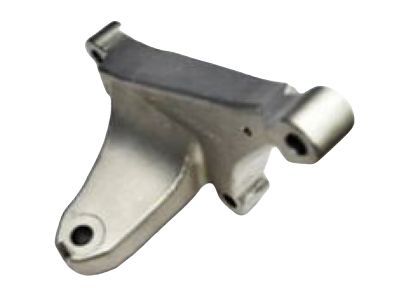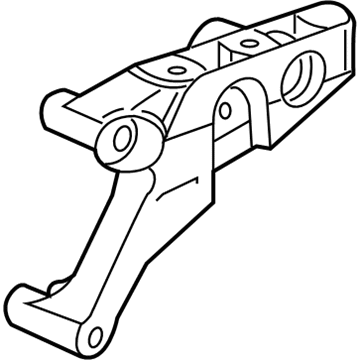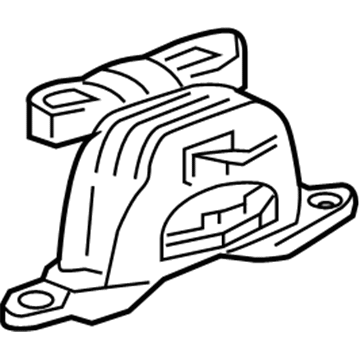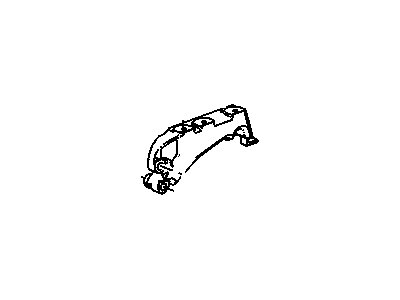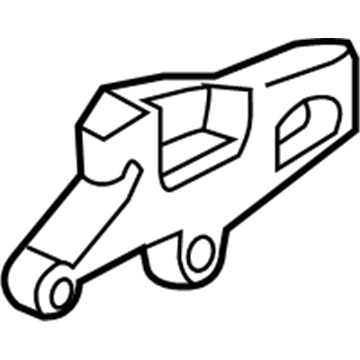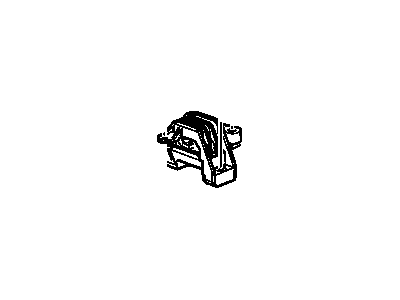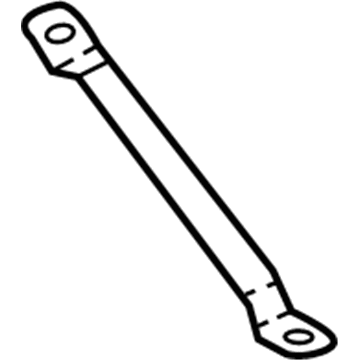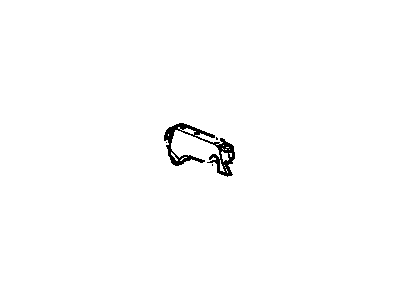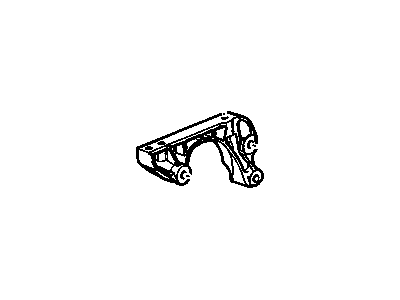
My Garage
My Account
Cart
Genuine Chevrolet Malibu Engine Mount
Engine Motor Mount- Select Vehicle by Model
- Select Vehicle by VIN
Select Vehicle by Model
orMake
Model
Year
Select Vehicle by VIN
For the most accurate results, select vehicle by your VIN (Vehicle Identification Number).
31 Engine Mounts found
Chevrolet Malibu Mount Assembly, Engine
Part Number: 22708433$95.17 MSRP: $193.56You Save: $98.39 (51%)Ships in 1-2 Business DaysChevrolet Malibu Bracket, Engine Mount
Part Number: 24504187$46.61 MSRP: $77.14You Save: $30.53 (40%)Ships in 1-2 Business DaysChevrolet Malibu Mount Assembly, Engine
Part Number: 84034329$82.80 MSRP: $141.58You Save: $58.78 (42%)Ships in 1-2 Business DaysChevrolet Malibu Mount Assembly, Engine
Part Number: 84034314$96.84 MSRP: $152.36You Save: $55.52 (37%)Ships in 1-2 Business DaysChevrolet Malibu Bracket, Engine Mount Snubber
Part Number: 15235774$4.05 MSRP: $6.38You Save: $2.33 (37%)Ships in 1-3 Business DaysChevrolet Malibu Bracket, Engine Mount Snubber
Part Number: 25791904$82.95 MSRP: $132.29You Save: $49.34 (38%)Ships in 1-3 Business DaysChevrolet Malibu Bracket, Engine Mount
Part Number: 22937294$84.08 MSRP: $134.07You Save: $49.99 (38%)Ships in 1-3 Business DaysChevrolet Malibu Mount Assembly, Engine
Part Number: 84125837$104.24 MSRP: $178.21You Save: $73.97 (42%)Chevrolet Malibu Bracket, Engine Mount
Part Number: 13227754$25.74 MSRP: $42.61You Save: $16.87 (40%)Ships in 1-3 Business DaysChevrolet Malibu Support Asm,Drive Motor (Kit)
Part Number: 24281034$93.69 MSRP: $121.68You Save: $27.99 (23%)Ships in 1-2 Business DaysChevrolet Malibu Mount Assembly, Engine
Part Number: 23144105$103.14 MSRP: $177.91You Save: $74.77 (43%)Ships in 1-2 Business DaysChevrolet Malibu Mount Assembly, Engine
Part Number: 22744337$85.65 MSRP: $146.46You Save: $60.81 (42%)Ships in 1-2 Business DaysChevrolet Malibu Mount Assembly, Engine
Part Number: 25852869$84.92 MSRP: $145.21You Save: $60.29 (42%)Ships in 1-2 Business DaysChevrolet Malibu Bracket, Engine Mount
Part Number: 23375491$72.66 MSRP: $114.34You Save: $41.68 (37%)Ships in 1-3 Business DaysChevrolet Malibu Mount,Engine
Part Number: 25852870$79.30 MSRP: $135.60You Save: $56.30 (42%)Ships in 1-2 Business DaysChevrolet Malibu Reinforcement, Engine Mount Bracket
Part Number: 23423029$11.09 MSRP: $17.46You Save: $6.37 (37%)Ships in 1-3 Business DaysChevrolet Malibu Support Assembly, Drive Motor (2Nd Position)
Part Number: 24277039$93.46 MSRP: $149.06You Save: $55.60 (38%)Ships in 1-2 Business DaysChevrolet Malibu Brace, Eng Mt
Part Number: 84904002$8.50 MSRP: $13.36You Save: $4.86 (37%)Ships in 1-3 Business Days
| Page 1 of 2 |Next >
1-20 of 31 Results
Chevrolet Malibu Engine Mount
Each OEM Chevrolet Malibu Engine Mount we offer is competitively priced and comes with the assurance of the manufacturer's warranty for the part. Furthermore, we guarantee the speedy delivery of your orders right to your doorstep. Our hassle-free return policy is also in place for your peace of mind.
Chevrolet Malibu Engine Mount Parts Questions & Experts Answers
- Q: How should engine mounts be inspected and replaced to prevent damage to drive line components in four cylinder engine on Chevrolet Malibu?A:Engine mounts are usually trouble free, but if there are broken or worn out ones, they should be replaced to avoid damaging the drive line. To inspect the mounts, support the vehicle on jack stands and place a jack under the engine Oil Pan on top what is a block of wood. Lever it a little just enough to take some of the weight off the mounts, then check for cracks, turning to metal and separation of the rubber from the bushing. Insert a large screwdriver or pry bar between the mount and the engine or frame; look for any relative movement; if movement is noted, reduce the weight of the mount fasteners. Whenever the mount is removed, the negative cable of the battery has to be detached and depending on which mount is being removed some other parts like the air filter housing, battery tray etc. Lift the vehicle on jack stands once more, and then insert a piece of wood firmly between the head of the jack and the oil pan to take load off the engine/trans axle if the vehicle is to be left elevated for some time. Precautionary measures, especially should not more than one mount be disconnected at a given time unless the engine is to be removed. To achieve this perform the power train mounts, to balance the engine trans axle assembly make sure that the assembling has balanced weight and then tighten the mounting bolts. Apply floor jacks to support both the engine and trans axle then unbolt the required studs and nuts related to the mounts and their brackets then further space the separates by as much as a quarter inch. Position the front and rear trans axle mounts in their brackets, after that, fasten five bolts up to the specified torque. Last lift the floor jacks, place the vehicle using jack stands, move the engine and trans axle up and down, tighten the rear through-bolt, retract the under-vehicle splash shield and finally brought down the vehicle.
Related Chevrolet Malibu Parts
Browse by Year
2024 Engine Mount 2023 Engine Mount 2022 Engine Mount 2021 Engine Mount 2020 Engine Mount 2019 Engine Mount 2018 Engine Mount 2017 Engine Mount 2016 Engine Mount 2015 Engine Mount 2014 Engine Mount 2013 Engine Mount 2012 Engine Mount 2011 Engine Mount 2010 Engine Mount 2009 Engine Mount 2008 Engine Mount 2007 Engine Mount 2006 Engine Mount 2005 Engine Mount 2004 Engine Mount 2003 Engine Mount 2002 Engine Mount 2001 Engine Mount 2000 Engine Mount 1999 Engine Mount 1998 Engine Mount 1997 Engine Mount

